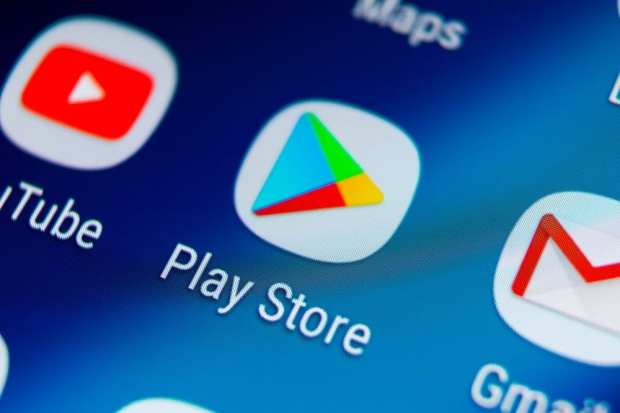Android Users Can Pay For Apps With Cash

Google has launched a new service geared toward emerging markets that enables people to pay for apps without needing a credit card.
According to reports, the new service, dubbed pending transactions, enables Android users to choose different payment options at checkout when purchasing an app or making an in-app purchase. Instead of choosing to pay with a credit card, the user can request a payment code and then make the payment in a nearby physical store. Once the user makes the payment at the store, the transaction is completed within ten minutes. If the customer wants a refund, it will come in the form of Play Store credit.
“We know that emerging markets are a key area of growth for you all, which is why we’re excited to announce ‘pending transactions,’” said Aurash Mahbod, the Director of Engineering responsible for the Play Store and Games on Google Play, during the Google I/O Developer conference Wednesday (May 8), according to reports. “This is a new class of delayed form of payment – like cash, bank transfer and direct debit.”
Google is trying to address the widespread lack of credit in emerging markets. According to reports, it’s one of the reasons many people in emerging market countries use free-to-play and ad-supported apps. Google already supports eWallets, UPI in India and carrier billing, but is looking for more ways to overcome the hurdle. In another effort, Google announced Subscribe & Install, which provides Android users with access to a free trial subscription when installing the app.
At the same time that Google is making it easier for emerging market residents to purchase its apps, it’s helping customers manage their expenses associated with the apps. In April it announced it’s adding a budgeting feature on the app. The feature gives users the ability to track expenses and set a limit in terms of how much can be spent on in-app purchases. Once a user sets a budget within the app, they are alerted when they make a purchase on how close they are to hitting their limit. The feature doesn’t prevent users from blowing their budget, it just keeps them aware of how much they’ve spent.
